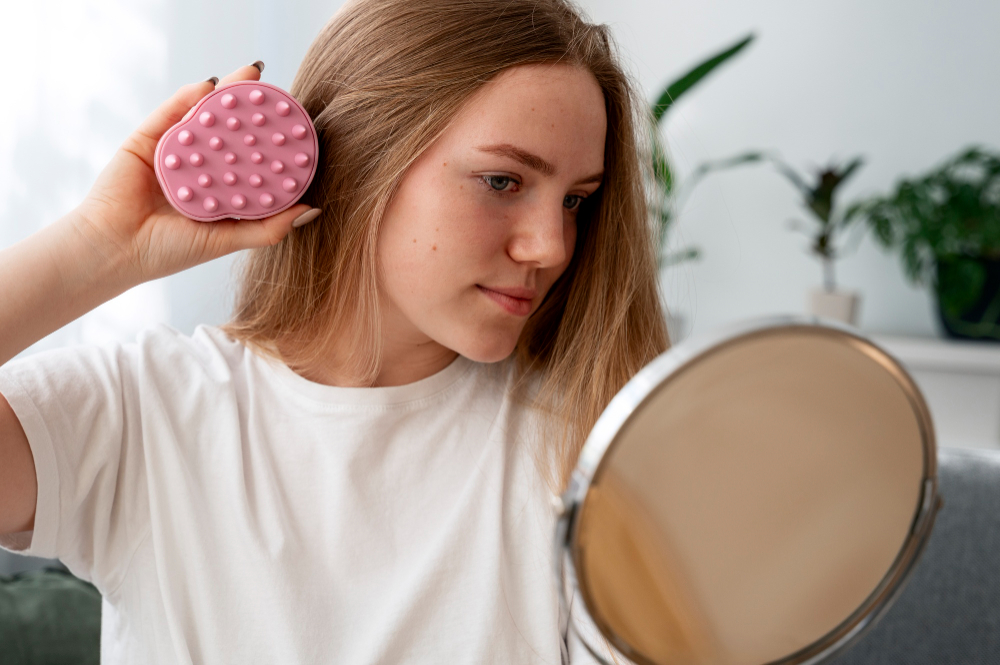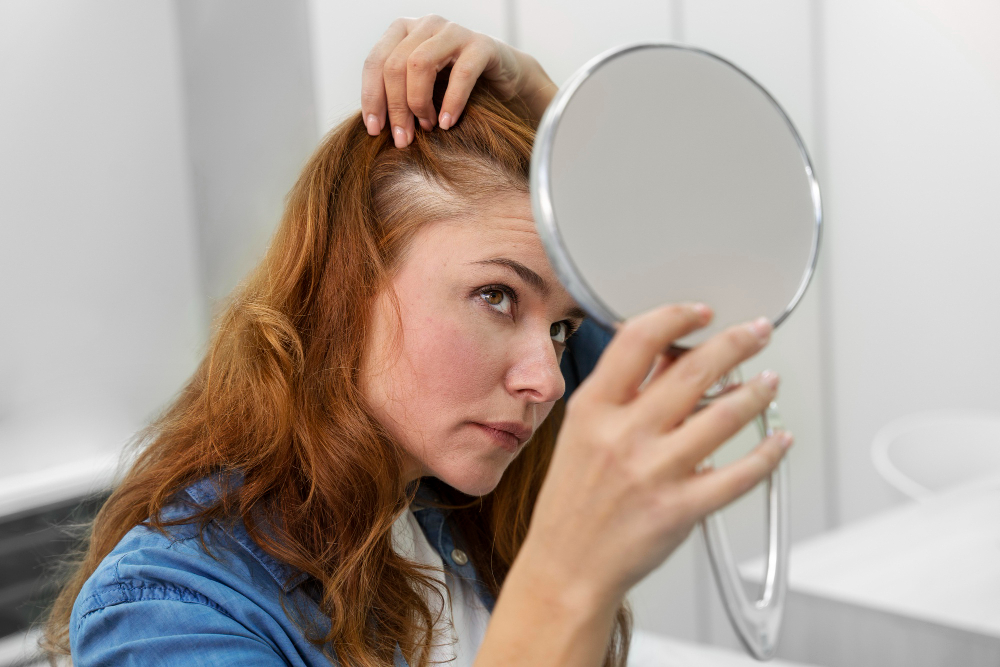
How to Massage Scalp
Scalp massage is not only a luxurious indulgence but also a therapeutic practice that offers a myriad of benefits for both the scalp and overall well-being. From promoting hair growth to relieving stress and tension, mastering the art of scalp massage can be a game-changer in your self-care routine. In this comprehensive guide, we’ll explore the techniques, benefits, and tips for giving yourself or someone else a blissful scalp massage experience.
Setting the Scene
Before diving into the massage techniques, it’s essential to create a relaxing environment conducive to a soothing experience. Find a quiet and comfortable space where you can sit or lie down without distractions. Dim the lights, play soft music, and consider using aromatherapy oils or candles to enhance the ambiance and promote relaxation. Take a few deep breaths to center yourself and prepare for a rejuvenating scalp massage.
Nourishing the Scalp and Hair
Selecting the right oil for your scalp massage can amplify the benefits and provide additional nourishment for your hair and scalp. Opt for natural oils like coconut oil, jojoba oil, almond oil, or olive oil, which are rich in vitamins, minerals, and fatty acids that promote scalp health and hydration. Warm the oil slightly before application to enhance its therapeutic effects and ensure a comfortable massage experience.
Technique 1: Circular Movements
Begin your scalp massage by using your fingertips to make gentle circular motions on the scalp. Start at the front hairline and work your way back, covering the entire scalp surface. Apply light to moderate pressure, focusing on areas that feel tense or tight. Circular movements help stimulate blood flow to the scalp, promote relaxation, and loosen tight muscles and tissues.
Technique 2: Kneading Motion
Next, transition to a kneading motion by gently grasping small sections of hair between your fingertips and applying rhythmic pressure. Move your fingers in a kneading or squeezing motion, alternating between different areas of the scalp. This technique helps release tension, improve circulation, and stimulate the hair follicles, promoting healthy hair growth and scalp health.
Technique 3: Pressure Points
Explore the scalp’s pressure points by using your fingertips to apply gentle pressure to specific areas, such as the temples, base of the skull, and behind the ears. These pressure points correspond to different areas of the body and can help alleviate headaches, reduce stress, and promote overall relaxation. Hold each pressure point for a few seconds before releasing and moving on to the next.
Technique 4: Scalp Stroking
Incorporate scalp stroking into your massage routine by using your fingertips to glide smoothly across the scalp in long, sweeping motions. Start at the front of the scalp and gradually work your way back, applying light pressure and maintaining a fluid motion. Scalp stroking helps calm the nervous system, soothe the mind, and distribute natural oils from the scalp to the hair shafts, promoting shine and moisture.
Technique 5: Finish with a Cooling Massage
Complete your scalp massage with a cooling sensation by gently tapping or patting the scalp with your fingertips. This helps soothe any lingering tension or inflammation and provides a refreshing sensation to the scalp. You can also use a scalp massager or a chilled towel to enhance the cooling effect and invigorate the senses.
Embrace the Healing Power of Scalp Massage
In conclusion, scalp massage is a simple yet powerful practice that offers numerous benefits for both the scalp and overall well-being. Whether you’re looking to promote hair growth, relieve stress, or simply indulge in a moment of relaxation, mastering the art of scalp massage can be a transformative addition to your self-care routine. By incorporating gentle circular movements, kneading motions, pressure points, scalp stroking, and cooling techniques, you can unlock the healing power of scalp massage and enjoy a blissful experience that nurtures both body and soul.


